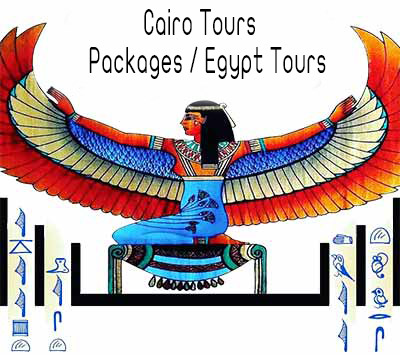It is an Islamic themed house and museum in Cairo, Egypt. It was originally built in 1648 by Abdel Wahab el Tablawy along the Darb al-Asfar, a very prestigious and expensive part of Islamic Cairo. In 1796 it was purchased by Sheikh Ahmed as-Suhaymi whose family held it for several subsequent generations. The Sheikh greatly extended the house from its original through incorporating neighbouring houses into its structure.
The house is built around a sahn in the centre of which there is a small garden with plants and palm trees. From here several of the fine mashrabiya windows in the house can be seen. Today the house is a museum which foreign visitors can tour for 35 Egyptian pounds (15 for students). Much of the marble floor work, wooden furniture, and ceiling decor is still intact.
With its fully restored paving stones and elaborate mashrabiyya (wooden lattice screens), Darb Al Asfar alley conjures up the Middle Ages – if the Middle Ages were clean. The first few buildings you pass are part of Beit El Suhaymi, a family mansion and caravanserai built in the 17th and 18th centuries. After jogging through a narrow hall, you arrive at a peaceful courtyard surrounded by grand reception halls, bedrooms, storerooms and baths.
The house has been thoroughly restored, though barely furnished (the fire extinguishers, a precaution required by the extensive new woodwork, are the most prominent item on display). As a result it can feel a bit ghostly. The changes on Darb Al Asfar have been heavily debated, as they displaced at least 30 families in the name of restoration, but it has brought some peace to this crowded area for the residents who were allowed to stay.


